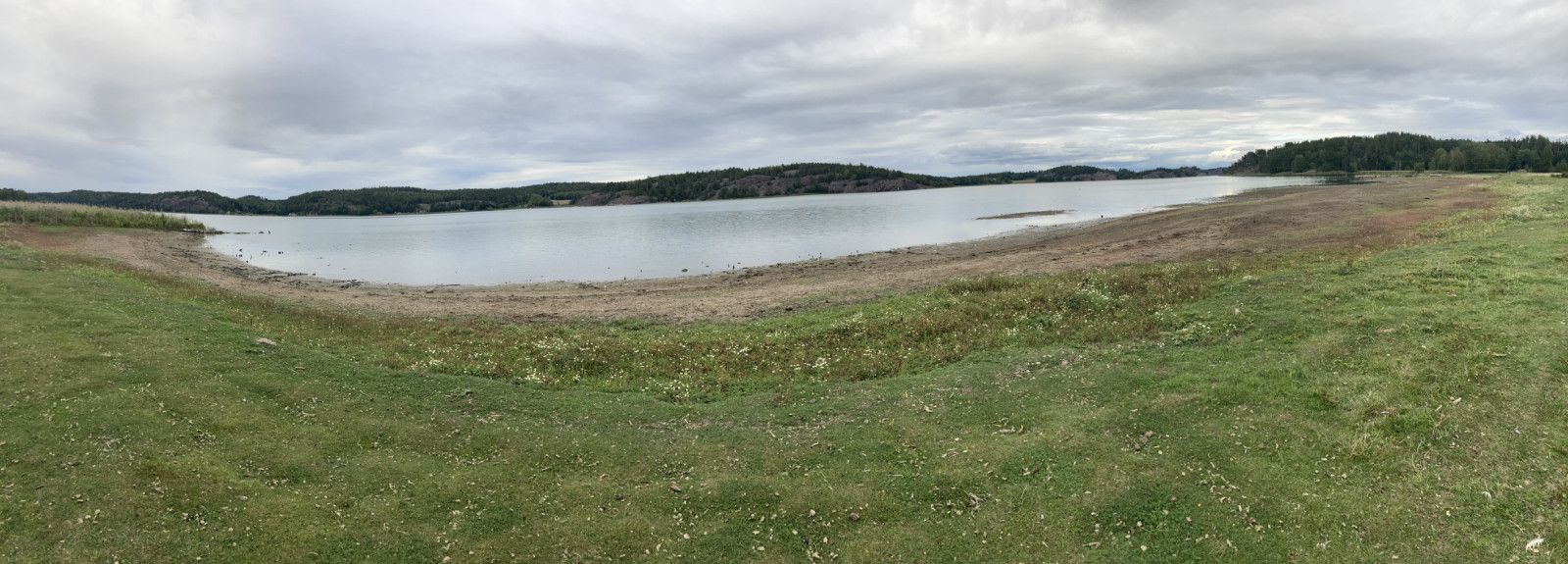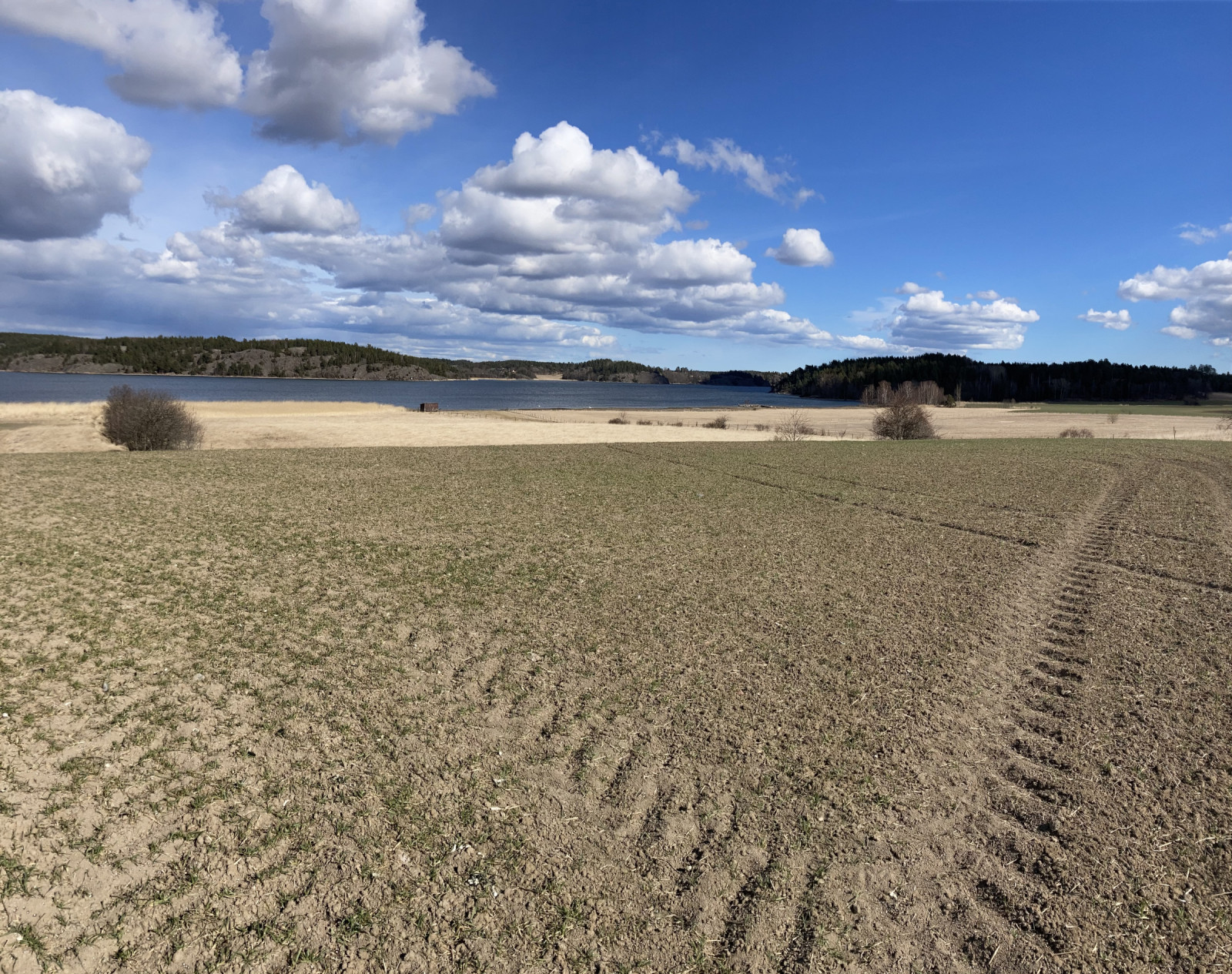Opis
The birds start to arrive at Killingholmen in February when the ice starts to loose its grip on the coastal waters. Then ducks start to rest in the shallow parts of the bay; czernica (at most 100) and around 1000 nurogęś can be found. Also the rarer winter ducks like cyraneczka, głowienka, bielaczek, ogorzałka and szlachar. A few hundred geese and around 100 łabędź krzykliwy feed on the areas fields and coastal meadows around march. In March the other early spring birds also arrive; skowronek, grzywacz, szpak and czajka. In spring you can find wąsatka in the reed beds.
Year round krogulec, bielik and myszołów are the common predatory birds. But orzeł przedni, błotniak zbożowy and kania ruda pass by the area. Most common passerine birds arrive in March/April. Slätbaken is a stopping point for passerine birds, which makes it common to find uncommonly early lerka and paszkot.
From late February and in March the owls in the area can be heard calling. puszczyk zwyczajny sóweczka and puchacz are sometimes heard. In March more geese start to arrive and not only the common bernikla kanadyjska and gęgawa. Also gęś białoczelna (at most 67) and bernikla białolica (at most 100). ges zbozowa, gęś tundrowa and gęś krótkodzioba are sometimes found. Also łabędź czarnodzioby has been observed.
On the coastal meadows large amounts of passerine bird start to rest in the end of March and in April. świergotek łąkowy, pliszka siwa, makolągwa are the most common. Among these świergotek nadmorski is regularly seen. In the large grassy areas uszatka błotna can be found. On the coastal meadows brodziec piskliwy, samotnik, krwawodziób, świstun, krakwa, Płaskonos, łęczak, siewka złota, kszyk and perkoz dwuczuby. Most common dabbling ducks are found but only cyraneczka is numerous (at most 70). At the Torpa damm cyranka and rożeniec have been seen, along with smaller amounts of other ducks.
In april large amounts of thrushes move past the fields and coastal meadows. Hundreds of śpiewak, droździk, kwiczoł and paszkot are seen. In the end of May and April most birds disappear, except for the breeders.
In May the latest passerine birds, and night active birds arrive. On the fields błotniak łąkowy, sokół wędrowny and derkacz are found. mewa żółtonoga sometimes rest on the coastal meadows in May. dziwonia often sings here. On the meadows bernikla białolica, gęgawa, bernikla kanadyjska, krakwa, krwawodziób, czajka, perkoz dwuczuby, czernica, gągoł and łyska breed. In the area dzięciołek, gąsiorek, cyraneczka and łabędź krzykliwy breed. At Storåns river mouth you can observe zimorodek.
During autumn Hov strandängar becomes better for birding. From July the area is a good site for wading birds such as czajka, kulik wielki, sieweczka obrożna, sieweczka rzeczna, brodziec piskliwy, kszyk, siewka złota, kwokacz, krwawodziób, batalion, łęczak and samotnik. These are all common, while biegus malutki, biegus zmienny, kulik mniejszy, biegus mały and biegus krzywodzioby are more rare.
Other wetland birds are often found. Among the rarer birds zimorodek, rybitwa wielkodzioba, podróżniczek and czapla biała can be noted. Large amounts of gulls, geese and terns can be found, especially gęgawa which some years have been found as numerous as 3000.
Large amounts of passerine birds are found in the meadow areas. The most numerous passerine birds are szczygieł (250 at most), dymówka (500 at most), pokląskwa, białorzytka, szpak (600 at most). Later in autumn perkozek, bekasik, rzepołuch, perkoz rogaty, bielaczek and ogorzałka are sometimes found.
Szczegóły
Dostęp
Inre Slätbaken is located east of the town of Söderköping. Parking can be found around Hov and several other places. Click on a P in the map for directions to a parking spot.





